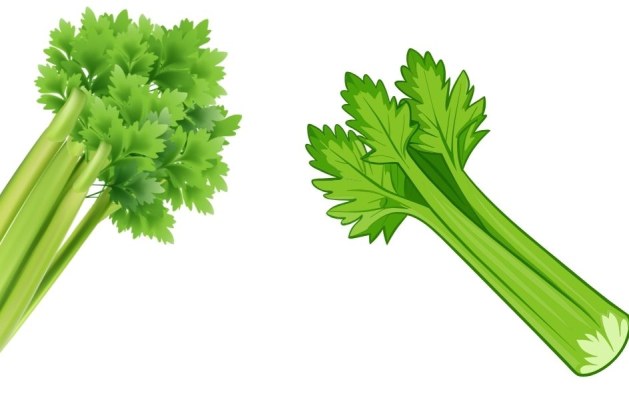In English grammar, nouns can be classified as countable or uncountable (also known as non-count) based on whether or not they can be counted individually. But what about celery? Is it a count noun or a non-count noun? Let’s explore the nuances behind this question and clarify the confusion.
What Are Count and Non-Count Nouns?
Before diving into celery, let’s quickly review the difference between count and non-count nouns:
- Count Nouns are things that can be counted as individual units. For example, you can say “one apple,” “two cars,” or “three books.” These nouns have both singular and plural forms, and you can use numbers to count them.
- Non-Count Nouns (Uncountable Nouns) are things that can’t be counted as individual units. They represent masses or abstract concepts, and they do not have a plural form. Examples include “water,” “advice,” or “information.”
Now, where does celery fit in?
Celery as a Non-Count Noun
In its general form, celery is considered a non-count noun. This is because when we refer to celery, we are usually talking about it as a whole or in a collective sense, rather than counting individual stalks. For example:
- “I need to buy celery for the salad.”
- “Celery is good for your health.”
In these sentences, celery refers to the vegetable in a general sense, and you cannot directly count it as a whole. It’s considered a mass noun in this context.
When Celery Becomes Countable
However, celery can become countable in certain situations. When you refer to specific, individual pieces of celery, you can count them. For instance:
- “I bought three stalks of celery.”
- “There are two bunches of celery in the fridge.”
In these cases, “stalks” and “bunches” are the countable nouns, not “celery” itself. Here, you’re counting individual parts or portions of celery.
Why Is Celery Usually Non-Count?
The key reason why celery is usually considered a non-count noun is that when we speak about it as a whole, we typically think of it as a mass or a collective item, similar to how we would treat other vegetables like spinach or lettuce in a non-count sense. We don’t often think of celery as individual units unless we’re specifying a certain quantity or part of it (like stalks or bunches).
Other Examples of Non-Count Nouns in the Same Category
Just like celery, other vegetables and foods often behave similarly in English:
- Lettuce: “Lettuce is great in salads.” (Non-count)
- Spinach: “Spinach is rich in iron.” (Non-count)
- Cabbage: “Cabbage is a key ingredient in this dish.” (Non-count)
But when we are referring to specific portions, these can also become countable:
- “Two heads of cabbage”
- “Five leaves of lettuce”
- “Three bunches of spinach”
Conclusion
Celery is typically a non-count noun, meaning it’s used to refer to the vegetable in a general sense, rather than individual units. However, if you’re talking about specific parts of celery, such as stalks or bunches, you can count them, and in those cases, “celery” becomes part of a countable expression.
Understanding how celery fits into these categories helps make your grammar clearer and ensures you’re using it appropriately depending on the context. So, the next time you’re at the store or talking about food, you’ll know whether to treat it as a non-count noun or to use a countable expression for a specific portion!




Leave a comment